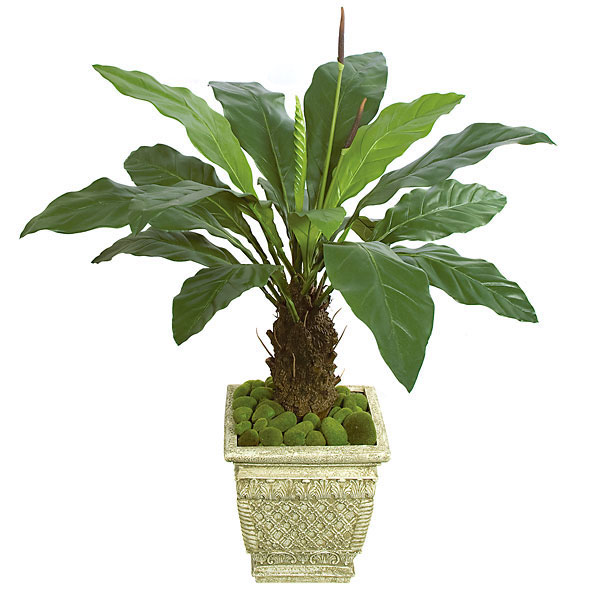We often tout low maintenance and lasting beauty as the main benefits of artificial plants but they are also a great alternative to common poisonous houseplants. Learn which plants in your home are poisonous and consider switching them out to artificial versions. They offer the same beautiful look without any of the danger.
5 Common Poisonous Houseplants
- Anthurium
- Sansevieria
- Philodendron
- Dieffenbachia
- Spathiphyllum
The Poisonous Component
Each of these plants contains calcium oxalate. This naturally-occurring chemical is harmless to the plant but extremely poisonous to animals, children, and grown adults who may accidentally ingest the plant. Although these are 5 common houseplants that do contain calcium oxalate, this chemical compound is present in more than 1,000 different varieties of plants.
Side Effects of Calcium Oxalate
When it is ingested, this chemical quickly disturbs mucus membranes in the mouth and throat. These irritated membranes result in the swelling of the palate, tongue, and even lips. When this swelling is severe, it can restrict airflow and in some cases, may even be fatal. If you suspect that a child or a pet has ingested any part of one of these plants it is important that you seek medical assistance immediately.
Avoiding Contact
If you choose to use these real plants to decorate your home, take appropriate measures to ensure that animals and children do not come in contact with the plant. An easy step would be to elevate the plant on a table, ledge, or other platform that is out of reach. This is especially important if you have toddlers that are just learning to crawl and walk because this tends to be the age where everything ends up in their mouth.
About Philip Travers
Twitter •



 WishLists
WishLists
 My Account
My Account






